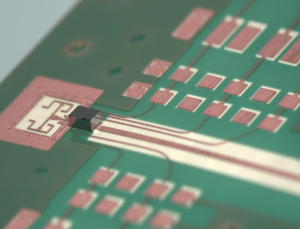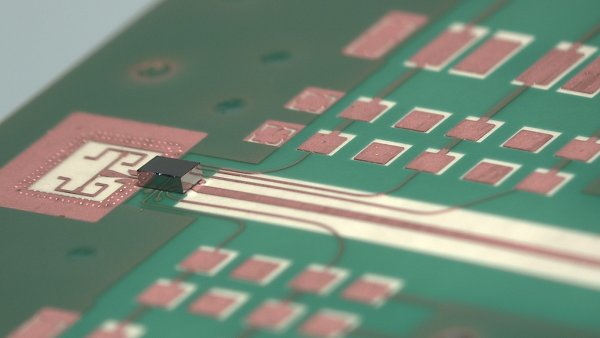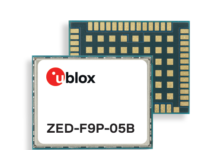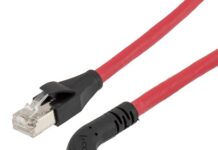
As countries around the world begin rolling out 5G wireless networks, CEA-Leti is looking ahead to sixth-generation technologies that will surpass the data-transfer capability of 5G.
Wireless communication in millimeter wave (mmWave) bands, which range from 20 GHz to 300 GHz, is expected to be a key enabling technology for 6G wireless systems, because the huge available bandwidth can accommodate ultra-high data-rate communications. Within that range of mmWave bands CEA-Leti’s research is investigating D-band, a new spectrum at 140 GHz that may play a major role for 6G wireless communication.
In a paper written for the 6G Wireless Summit, a March event that was cancelled because of the coronavirus pandemic, CEA-Leti and Siradel, a French engineering firm, said researchers are considering several beyond-5G applications for these systems. These include high-capacity backhaul, enhanced hot-spot kiosks and short-range device-to-device communication. These applications’ data-transfer speed requirements, typically greater than 100 Gbps per cell or per link, exceed the capability of 5G, and are not affected by the main constraints imposed by the sub-THz frequencies.
The paper, titled “Technology Roadmap for Beyond 5G Wireless Connectivity in D-band”, provided an overview of those potential applications and the challenges to realizing them, and presented scenarios for applications in the new spectrum. It also discussed the trade-offs between scenario requirements, and current silicon-technology limits to building a 6G roadmap.
‘Severe constraints on antenna directivity and alignment’
“Challenges to using D-band wireless communication include free-space wave-propagation losses that increase with the square of the frequency and have to be compensated for using high-gain antennas. That entails severe constraints on antenna directivity and alignment,” said Jean-Baptiste Doré, a CEA-Leti scientist and one of the authors of the paper.
The constraints include physical barriers to sub-THz wave propagation, which can be blocked or strongly attenuated by walls, trees or even windows. Even in a clear propagation path, high-gain antennas are required. To address this challenge, CEA-Leti is designing technologies that are beyond state of the art with high directivity and an electronically steerable antenna.

Because CMOS technologies cannot produce devices that deliver the maximum transistor frequency needed for sub-THz applications, CEA-Leti is investigating optimized RF circuit designs with innovative architectures for these applications, and new materials and devices to address D-band frequencies and beyond.
Two recent papers were accepted for presentation at IMS2020 and RFIC2020 concerning low-noise amplifiers and programmable high-order frequency multipliers for channel bonding, respectively.
“For device-to-device communication, we have demonstrated that is possible to reach multi-Gbps throughput using spatial multiplexing and a simple RF architecture,” Doré said. “The main outcome is that with the proposed mixed-signal, analog & digital, the required power delivered by transistors is limited to microwatts (10^-6 Watts) which makes CMOS technologies possible.”
The design of key enabler technologies for 6G has already started. This work includes the investigation of new materials and devices for the sub-THz band, enhanced RF CMOS architectures and antenna systems as well as high-performance digital processing. CEA-Leti teams also are investigating heterogeneous integrations on system-on-chip and/or system-in-package.


















